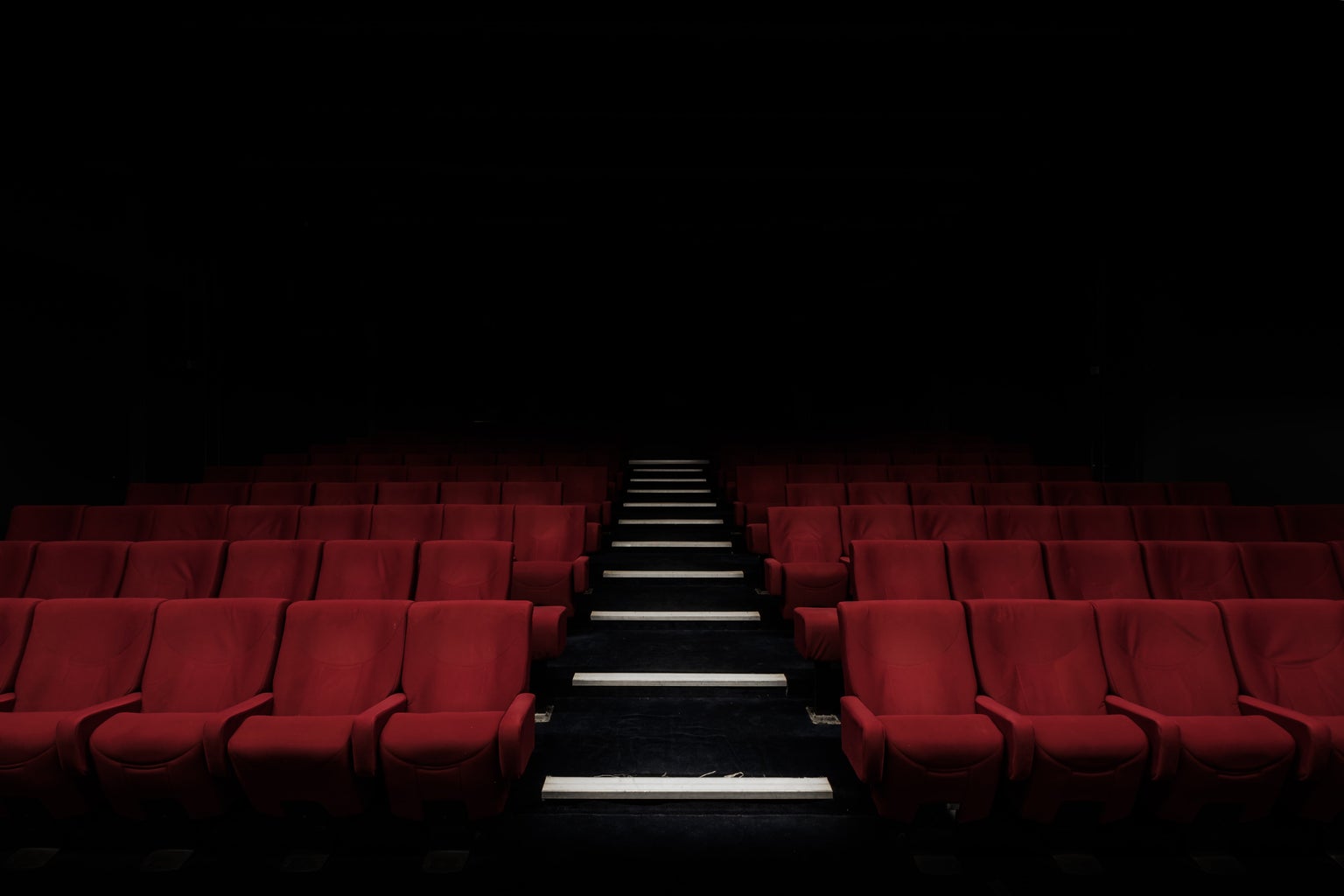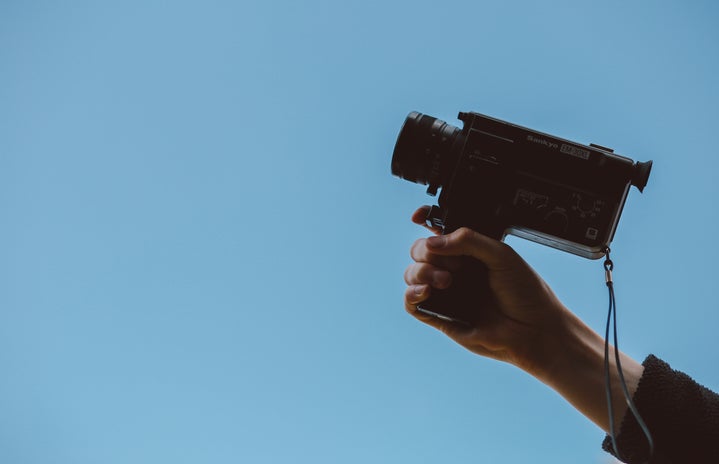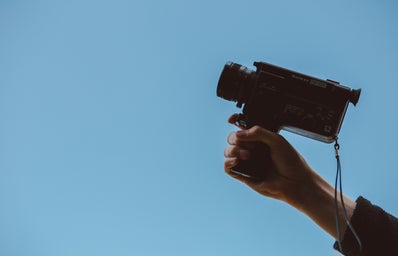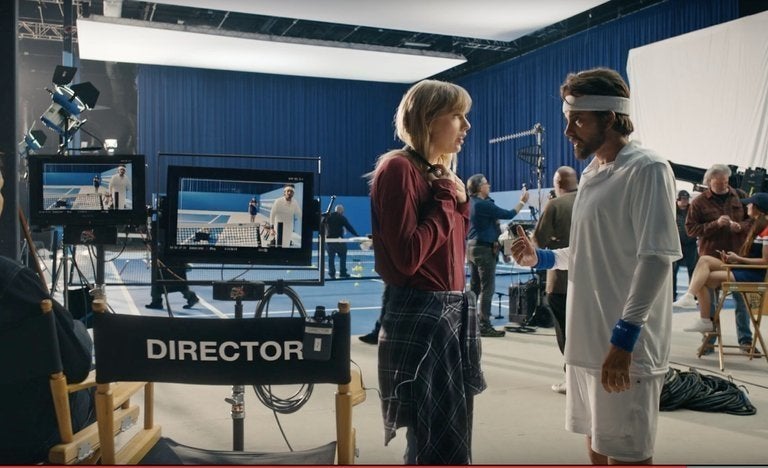“I’m sick of being told that love is all a woman is fit for. But . . . I am so lonely,” Jo March says through tears in the newest adaptation of “Little Women.” In a rare on-screen moment, Jo shows a vulnerability that has not been explored in previous versions of the film, as well as a level of openness that women do not often get to portray in films.
Movies often have difficulty showing the full scope of women’s emotions on screen. Instead of showing women’s complexities, films tend to teeter between making a female character dramatic and hysterical or a heartbreaker who is completely detached from her emotions. These portrayals of female characters stem from directors and writers using stereotypes instead of fully fleshing out a character and her motivations. More often than not, women are shown in a stereotypical light because men are in charge of the narrative. In recent years, with the increase in female directors, there is a chance for women to tell their own stories. The question I’m curious to have answered is whether the increase in female directors has actually changed the way women are portrayed on-screen?
The discussion around the lack of female directors in the film industry is one that is brought up year after year, but with Hollywood taking a recent interest in the #MeToo movement and the creation of the Time’s Up campaign, it is a discussion that is finally being taken seriously. According to USC Annenberg, 10.6% of the directors of 2019’s top movies were women. That is the highest percentage that has been reached in a decade. This data shows that there are strides being made when it comes to female directors’, but these strides do not always translate to more dynamic roles for women.

This male gaze has influenced the way women have been shown on screen for years and there are studies to prove it. Each year the center for The Study of Women in Television and Film puts out a report called “It’s a Man’s (celluloid) World.” The study focuses on showing how female characters were portrayed in the top-grossing films of that year. According to the study, the number of female protagonists rose to 40% in 2019 which was a record high. While these numbers are something to celebrate, there is still a small number of female characters actually speaking in these films. Female characters only made up 34% of all speaking characters which is a decrease from 35% in 2018. This is a stark difference when compared to males who made up 66% of all speaking characters. This shows that, even when women are in a leading role, they still may not have a voice.
With the release of female-directed movies such as “Booksmart,” “Little Women,” ‘Hustlers,” “The Farewell,” and “Clemency” coming out last year you would think that female characters are having their voices heard more frequently, but it seems as though dynamic female roles are happening more and more only in these small circles. Even the 92nd Academy Awards faced backlash for having no female directors nominated in the Best Director category despite all five of the movies mentioned above receiving critical acclaim. It seems that with each step forward, the industry takes three steps back.
One area where concrete changes are being made that help women are in terms of production equipment. Less expensive technology creates easier access for all types of filmmakers to dip their toe into the industry.
“I do think with changes in technology, the fact that technology is so much less expensive and it’s also lighter weight, that women have more opportunities to make the films they want to make,” Houghton said. “I don’t think in any way that it’s a level playing field in terms of access to funding and access to distribution.”
There’s no real answer as to when the industry will level the playing field and it’s disheartening to see the conversation about female representation in the film industry constantly brought up with no real changes occurring. As we progress into 2020 it will be interesting to see if the industry catches up to the 21st century. Until then allow the words of Jo March keep you afloat.
“Women have minds and souls as well as just hearts, and they’ve got ambition and talent as well as just beauty.”
Photos: Her Campus Media Library
Interview with Melissa Houghton was conducted via phone by Carol Wright on March 12th, 2020




